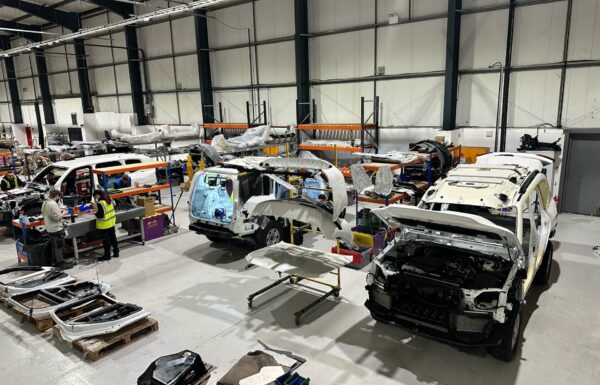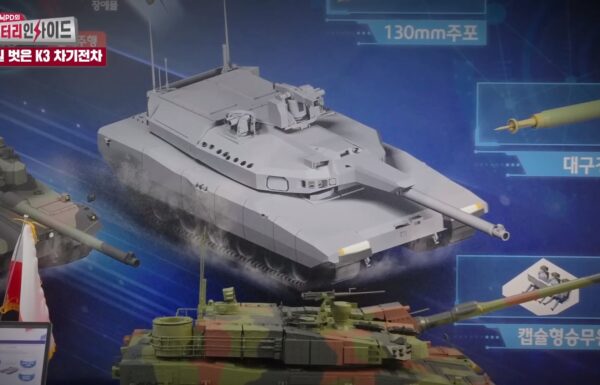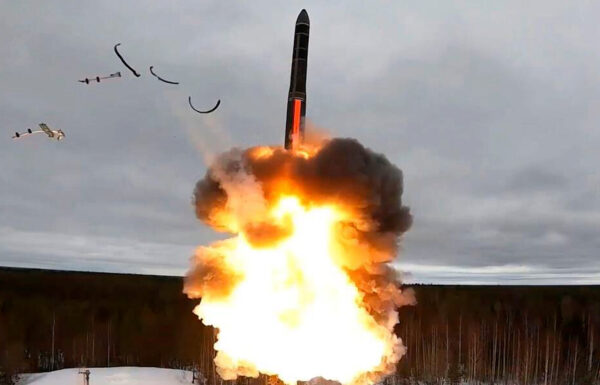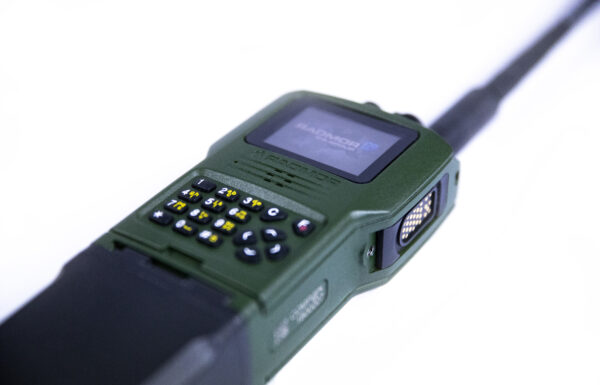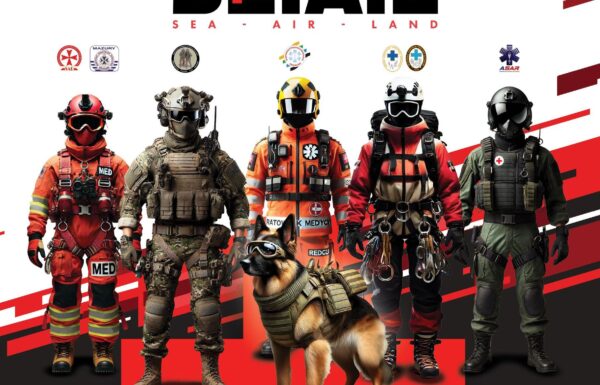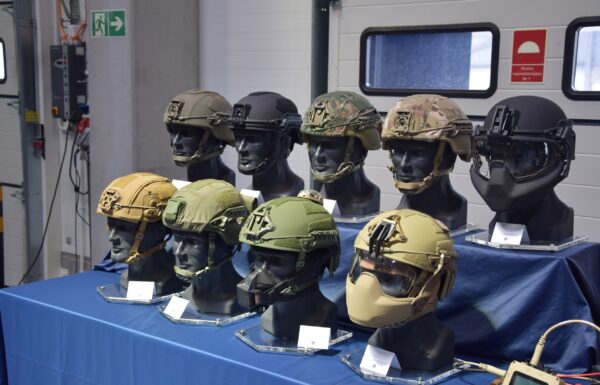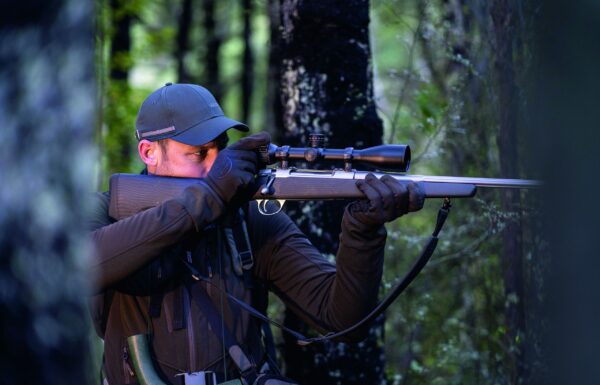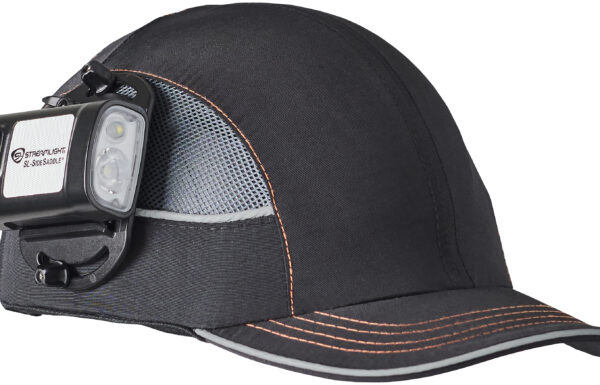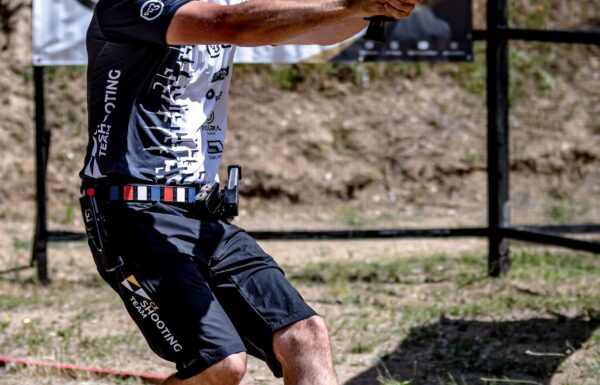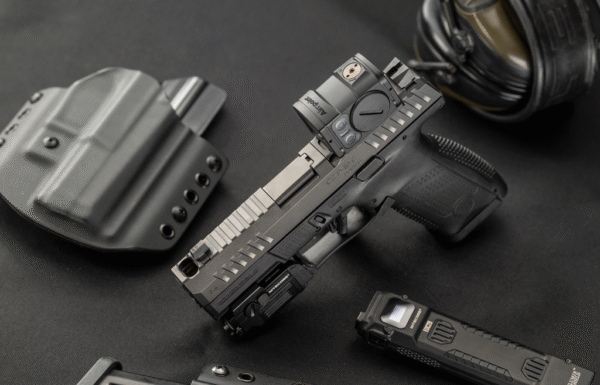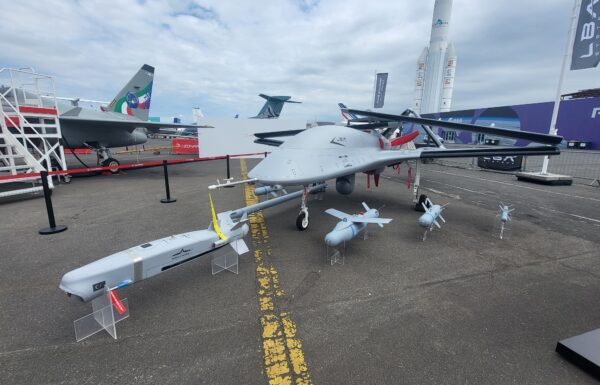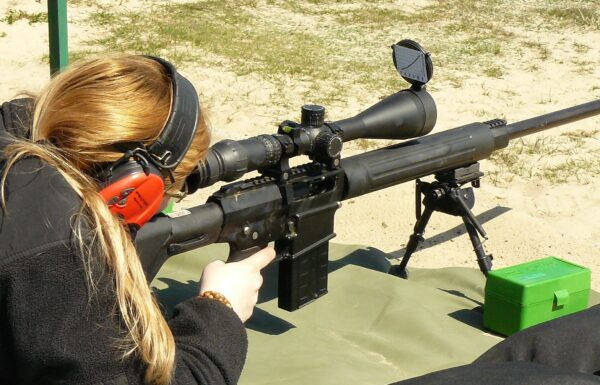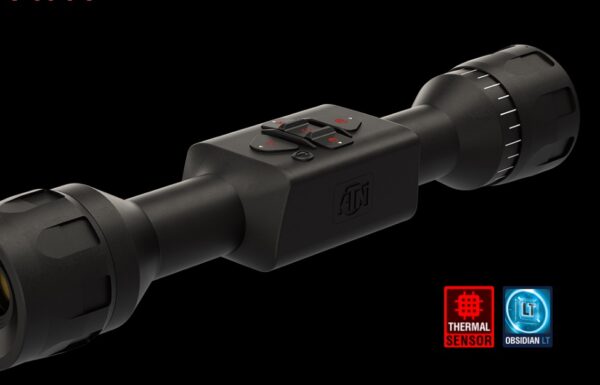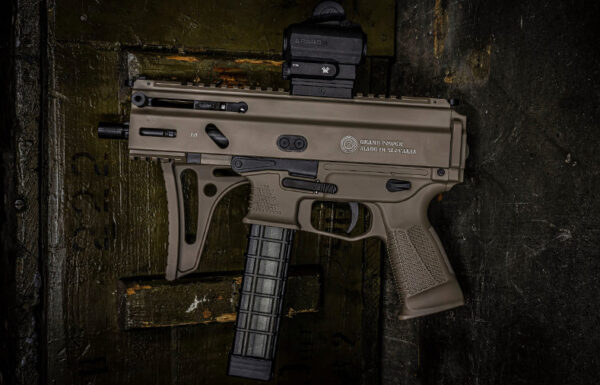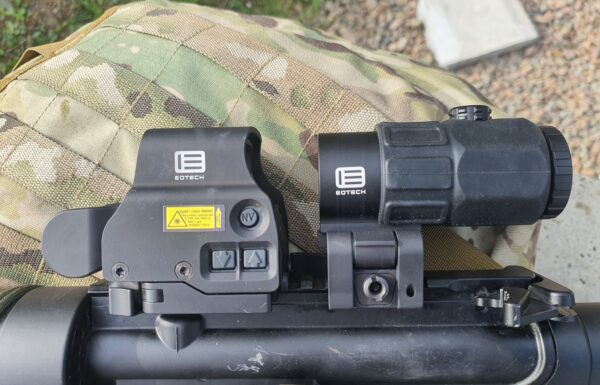On Monday, July 14, 2025, the Russian defense portal TopWar reported that the Yuri Gagarin State Technical University of Saratov had presented Patent No. 2,841,972 (On the Reconnaissance and Fire Armament Complex of a Tank) for the development of an assault tank armed with a short-barreled 152mm howitzer.
 Image: State Technical University of Saratov via TopWar
Image: State Technical University of Saratov via TopWar
The new vehicle could be based on tanks from the T-72, T-80, or T-90 families. The concept of this type of combat platform has been under study in Russia for over a decade (the most recent example being the 2021 concept of the heavy robotic combat support vehicle codenamed Shturm — editor’s note).
According to the justification in the new patent, the main drawback of relying solely on tanks to breach fortified defensive lines is their insufficient capability to engage enemy personnel. This issue is particularly evident in urban and mountainous combat environments, where the low gun elevation angle (−6° to +14° in T-72/90 tanks, and −5° to +14° in the T-80) prevents effective engagement of targets positioned at higher elevations (This limitation is one of the reasons behind the development of specialized vehicles like the BMPT Terminator — editor’s note).
Moreover, urban warfare experience has shown that standard 125mm guns, especially the 2A46 (D-81TM) series with a barrel length of 48 calibers, are too long (overall length of 6350–6381 mm), making maneuvering in confined spaces difficult and requiring additional protection measures to prevent barrel damage.
According to the inventors, introducing a short-barreled 152mm howitzer with a carousel-type autoloader would significantly increase the effectiveness of high-explosive fragmentation ammunition by up to 2.5 times. This type of gun would also be capable of achieving an elevation angle of up to 60°, allowing for effective indirect fire at ranges of 4–5 km or more.
Such a solution would be effective for suppressing enemy strongpoints and fortified positions. However, a shorter barrel results in lower muzzle energy, which in turn reduces initial projectile velocity, accuracy, and armor penetration capability. Therefore, the proposal includes using anti-tank guided missiles launched from the gun, such as the 9M133M Kornet-M, which offer better performance than their 125mm counterparts, the 9M119 Refleks and 9M119M Refleks-M.
The patent also proposes stronger auxiliary armament mounted on the turret roof, including a 30mm rapid-fire automatic cannon, a 7.62mm PKTM machine gun, and launchers for unguided rockets with thermobaric warheads, either the RPO-A Shmel or upgraded RPO-M/PDM-A Shmel-M models. A key drawback of the proposed layout is the significant reduction of the internal fighting compartment space and the storage of ammunition within it, which poses a serious risk to the crew in the event of detonation. Like earlier assault tank concepts, this design features a dozer blade with additional protective modules and surveillance equipment mounted on a retractable mast, driven by an electromechanical or hydraulic system.
According to the inventors, such an assault tank configuration could also be used for tasks such as reconnaissance of enemy defensive positions, ambush operations, fire support, breaching lines, suppressing strongpoints, or evacuating other damaged vehicles from the battlefield. To support these roles, the vehicle would also carry unmanned aerial vehicles for reconnaissance and/or attack missions. To enhance survivability, it would be equipped with an active protection system (APS) such as the TKB-0252 Drozd-2 or the Arena-M, and, which would be a novelty in Russia, a laser self-defense system similar to the Chinese JD-3 (ZM98) used on Type 99 tanks, designed to blind enemy guidance systems.


